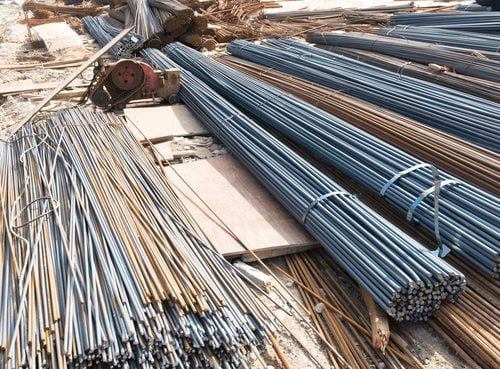Basics and Uses of Anodizing Metal

Basics and Common Uses of Mild Steel
October 1, 2017
Common Steel Materials for Knives
October 15, 2017One concern with many metals is corrosion and wear, and different metals have different combatants against this. Aluminum, for instance, has its own oxide layer that’s resistant to this corrosion – and techniques have been created to produce this thick, protective oxide layer on other metals through a process called anodizing.
At Wasatch Steel, we can walk you through all the basics of anodizing. Let’s look at the process of anodizing, and what it’s done for.
Anodizing Basics
Anodizing first became popular in the 1920s as a way to prevent aluminum from corroding. Since then, it’s been used for both corrosion resistance and for dyeing metals. It can also be used for electrical insulation. It’s important to note that while anodizing has many benefits, it cannot increase the strength of the metal underneath the surface.
How is it Done?
Anodizing is an electrochemical process. It involves submerging an alloy in a tank filled with an electrolytic solution, which contains acid that depends on the application of the product. Once the metal is submerged, an electrical current is passed through it. The metal being anodized serves as the anode, and an aluminum or lead cathode will also be placed in the tank. The current causes the metal to oxidize, leaving a layer of aluminum oxide.
What is it For?
Anodizing is most common for improving corrosion resistance on certain alloys, particularly those that are subject to marine environments – things like ship hulls, dock components and oil rig structures, for example. It’s also used for abrasion control, and is common in sandpapers because of its high hardness. It can increase wear resistance as well, and can also be used for dyeing anodized aluminum. Dyed aluminum can be used in artwork and aluminum signs.
For more on anodizing metal, or to find out about any of our steel services, speak to the pros at Wasatch Steel today.



